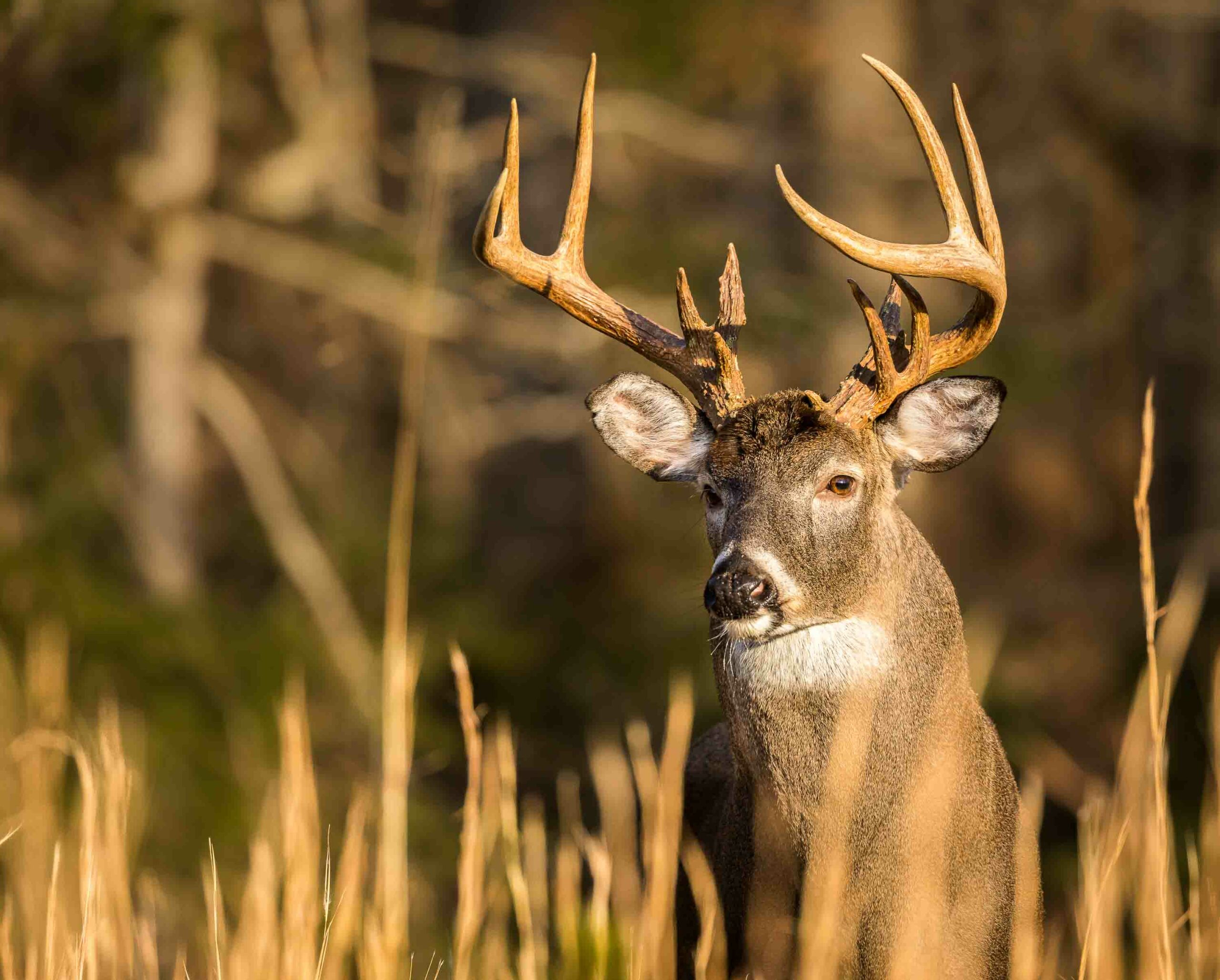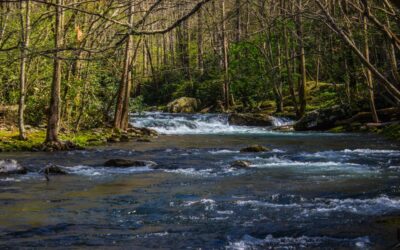Speculative Report on Deer Disease Incredibly Irresponsible
Making policy decisions around good science and data is how conservationists throughout the 20th century brought back many of our wildlife species—and is a big reason we can all enjoy the outdoors today. Because of this, it is just as critical that we call out unsound wildlife-focused communication when we see it.
Recently, an article was published in the journal Neurology titled “Two Hunters from the Same Lodge Afflicted with Sporadic CJD: Is Chronic Wasting Disease to Blame?” This article (a 350-word poster presentation summary), was picked up in the Daily Mail under the irresponsible, clickbait title “Two hunters ‘become first Americans to die from ZOMBIE DEER disease’ after eating infected venison.”
A few things are important to clarify here. This conference poster presentation was not a study, nor was it research—it was a merely summary of a case history. No data were collected or generated, nor was an experiment applied. The poster presentation simply, and without evidence, speculated on the cause of sporadic cases of Creutzfeldt-Jakob disease (CJD) in two elderly patients.
As has been the case for decades, there exists no evidence that humans have ever contracted CWD. In fact, studies conducted in long-standing CWD endemic areas have not seen an increase in human cases of prion diseases.
Attempting to link sporadic cases of CJD in humans to CWD with no documentation or evidence is incredibly irresponsible, and only served to unjustifiably alarm the sporting and non-sporting communities alike. To their credit, Outdoor Life did a good job of breaking down the issue, and pointing out the severe factual problems with other published stories, in their article “Viral Articles Claim Two ‘Hunters Died After Consuming CWD-Infected Venison. Here’s What Really Happened”.
Failing to follow the science is how sportsmen lose ground on what they have gained in conservation. Aldo Leopold, the father of wildlife biology, stated clearly in his early textbook “Game Management” that, “science is the proper tool to discharge wildlife policy.” (More on that here.) Ceding ground to spurious stories that only serve to alarm our community yields ground to anti-hunters looking to restrict access to hunting through making ideological assertions, and opens the door to policy making without the guidance of science. This threatens ALL conservation; not just for healthy deer populations but for other species and habitat management as well.
It is important to note that the Centers for Disease Control and Prevention reviewed these two cases and publicly stated there was no connection between them and the consumption of venison back in 2022. For popular media like the Daily Mail and Field and Stream to publish this speculative report was and is wrong. It demonstrates an alarming tone deafness towards the hunting community, and a clear desire to value “clicks” over clear science-backed information.
Featured photo by Roger Trentham




